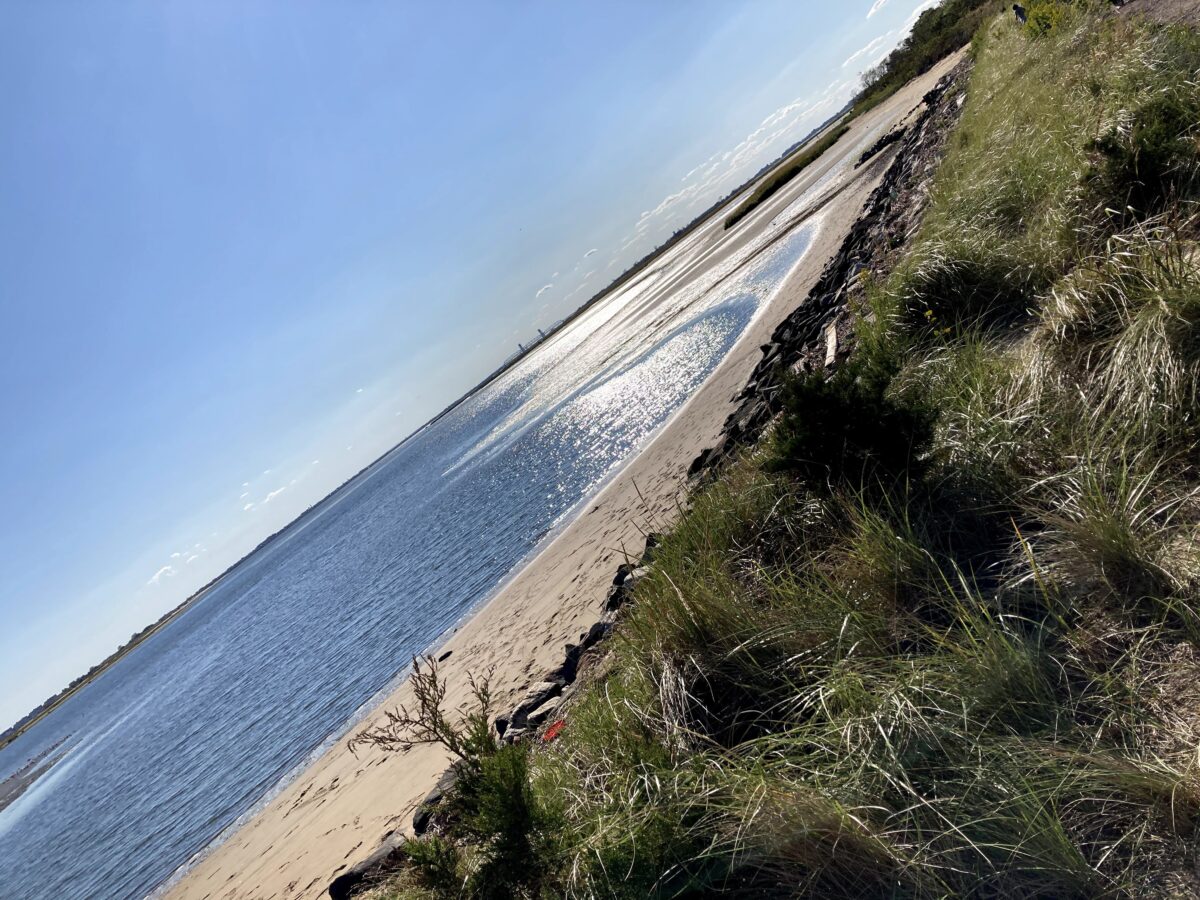June 14, 2023
I think you’ve got a better one inside you

I once applied for a job as editor in chief at a popular startup.
In preparation for my interview, I reflected on all my experience creating, collaborating, and most importantly, working with editors. I’ve had several extraordinary ones in my twenty plus year career, both as a freelancer and as an employee.
But most of my experience has been with editors who were simply dreadful. They didn’t understand the creative process, or how to work with creative people. And they ended up derailing and discouraging the team every step of the way.
The secret to editing, in my estimation, is balance. Sometimes you need art, sometimes science. Sometimes you need to optimize, sometimes you need to ship something out the door. Sometimes you need to get tactical and proofread, sometimes you need to get strategic and philosophize.
A good editor has instincts for both. Here are several considerations along these lines.
First of all, finding errors and inconsistencies in a given creative work an important skill. Anytime we get feedback that eliminates the sloppy mistakes that reflect poorly on the creator, that’s good. If we can increases the digestibility of the material, fantastic.
And if we can add an additional layer of quality control without a high overhead cost, then it’s a worthwhile exercise.
I personally like using artificial intelligence assistants to do the heavy lifting for me. In less than a minute, I can use a piece of software to materially improve my writing, cut out unnecessary words, check for grammar and clarity, and so on. It’s a marvel of modern technology.
At the same time, we must also remember that details are fragments, and creative people need be thinking in whole thoughts. The process of making things is about seeing how all the parts of the project fit together. There are no computers that can do that, not yet at least.
And when the creators get bogged down in the complications of the work, they often miss out hidden connections, surprising possibilities and exciting opportunities. There’s a skillset there that comes from decades of experience, and it’s more intuitive and organic than something technical like proofreading.
The second lesson I’ve learned is, jumping right in and drifting into irrelevant details is rarely the best first step. If you kill yourself trying to figure everything out all of the time, that gets in the way of authentic emotional expression.
You stylize yourself or your team into a corner. Going on and on about details becomes a way to hide.
In my experience, most of those hyper critical, perfectionist people who obsess over details are very useful in the middle of the creative process when the goal is to optimize the work. Improvements at that stage are necessary and appreciated.
But those same critics also can contribute to a cold start problem. They can deoxygenate the process before it builds momentum. And they can become blinded by their need to pick apart everything and be right.
Remember, if the ultimate goal is to ship, to get the work out in the world, then you have to know when to pull up. Wasting time and energy brooding over those small, irrelevant, mind numbing details, that nobody would even notice anyway, isn’t helpful right out of the gate, and isn’t helpful right before completion.
Thirdly, detail orientation needs to be in service of the work, not the ego. Flexing our intellectual muscles is intoxicating and attractive because it feels like progress. It feels like adding value.
But how much does obsessing over details improv the work, versus how much does it alienate the team?
Imagine your superpower is critically sticking a pin in every single word or pixel other people create. Now, your intention may be to improve the work. And the quality of it may be twenty percent better.
But if the people who collaborated on it are fifty percent more stressed, then that effort is wasted. If you’ve taken the humanity and potency out of the work, then the bump in quality wasn’t worth it. Or if your hyper detail orientation effectively reduces the chances that something will get across the finish line, then that’s a mistake.
On the other hand, if the criticism offered to the work inspires creators to bring more of their best selves, it’s a win. If drilling down on the details dramatically improves conversion rate, it’s hard to argue with those results.
Our fourth and final insight around the editorial process is the process itself. Too many editors I’ve worked with have attempted to work out the details when they were insufficiently connected to others. They put process before people, and it not only hurt the relationship, but also hurt the work. Let me show you the framework I use for editing.
There are five stages, which are compassion, motivation, communication, recommendation and cultivation.
Compassion is about understanding people’s unique creative archetype. Knowing their strengths, weaknesses and preferences. Are they starters or finishers? Do they work better independently or collaboratively? Would they rather talk out their ideas in a one on one meeting, or would they prefer three hours of quiet time alone with headphones on?
Motivation is the second piece. If you want to edit anything, you need to know what the creator is trying to do. What they need. And how that maps to the brief and overall goals. Once you know that baseline, everything downstream in the creative process flows much better.
Next up is communication. This is the actual nuts and bolts of revisions, edits, corrections and so on. Beginning with the question nobody ever seems to ask anymore. What kind of feedback would be most helpful for you at this stage of the process? Because once you know that, you can deliver your edits in way that actually reaches people on a core level.
Next up is recommendations. This also is a tactical part of the editing process. I find it’s helpful to tell people two main things. Here’s what I liked, and here’s what I’d like to see more of. You need both. If you only do the first part, people aren’t challenged to overcome mental limitations and grow as creators. And if you only do the second part, they won’t feel affirmed in their existing talents and feel seen.
The last part of editing is committing to the bias on output. Getting stuff across the finish line. Which is the hardest part for most creators. You might ask the person you’re working with, what kind of accountability do you need to finish? That might mean a project management app to keep them on track. A simple calendar reminder. Or physically meeting with them at the end of every day to see what kind of support they need. It’s all about removing barriers to shipping. In conclusion, here’s an illustration that puts my philosophy of editing in perspective.
I used to work with a sound engineer that produced five of my studio albums. Phil always edited my work service of the music, not his ego. After I would record a take that didn’t quite hit the quality mark, he would make this comment.
Scott, I think you’ve got a better one inside you.
That’s all he would say. Simple encouragement. Hopeful belief. Compassionate connection. And I knew exactly what he meant when he said it, too. Phil was challenging me to dig down deep and find that better take, whatever that meant for me.
Now, he easily could have said, your pitch was flat. You missed a few notes on that arpeggio bridge. You rushed the second half of the third verse. You’re not selling the chorus big enough.
But that’s what a critic would have said. Phil was a creator. His whole career before becoming a sound engineer was touring with huge bands. He knew how to create and how to talk to creators to inspire them to find their best performance.
I think you’ve got a better one inside you.
If you’re editing something, that’s the mindset you want to have.
Remember, editor comes from the seventeenth century word that means, one who brings forth, produces and prepares matter for publication. It wasn’t until two hundred years later that the editor meant someone who made revisions to a manuscript.
Before the concept of proofreading existed, there was this larger goal around taking creative risks. Going public with your thoughts. Participating in the marketplace of ideas. Creating and telling stories that captured the world’s imagination.
If you’re fortunate enough to have someone like that on your team, pay that person well and treat them like gold. Meanwhile, beware of the editors for whom details aren’t serving anything other than their own fears. Look, it’s call redlining for a reason.
There’s blood inside that pen, not just ink.
Who was the best editor you ever worked with?

